3 Gold Alternatives Powering Innovative Technology
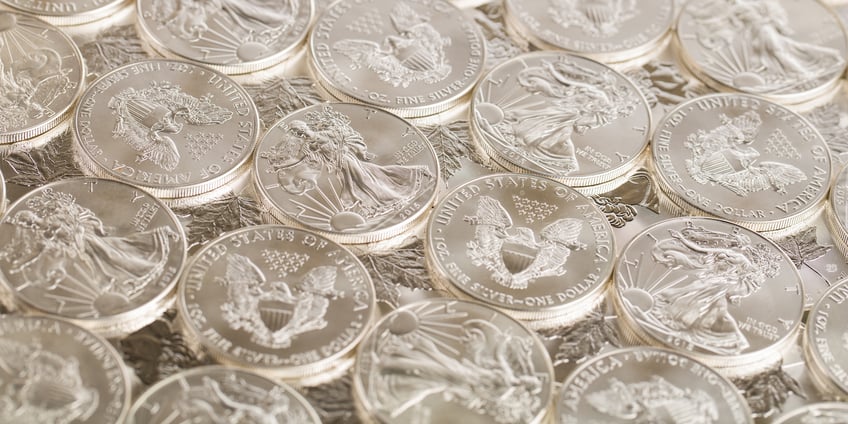
Estimated reading time: 5 minutes
For nearly as long as we’ve been on Earth, humans have been infatuated with gold.
This most coveted of all metals has been mined for over 5,000 years and can be found on every continent. The ancient tale of King Midas, warns of its irresistible allure. The creator of calculus and modern mathematics, Sir Isaac Newton, spent decades in vain attempting to create gold using alchemy. Unfortunately for Newton, the world’s gold supply is finite.
Due to precious metals’ innate scarcity, many investors turn to these assets as a hedge against economic downturns. Metals tend to hold tangible value during times of market volatility, and they may even increase in value when the economy is uncertain.
With a self-directed IRA (SDIRA), you can combine the benefits of precious metals with tax-advantaged growth. And while gold is the poster child of precious metals, it’s far from your only investment option when it comes to precious metals in an IRA.
Let’s explore the history and modern applications of three gold alternatives — silver, platinum, and palladium. We’ll also include a brief explanation of how to start investing in precious metals with your SDIRA.
Note: Entrust does not endorse, recommend or advise on any investment product or service. Rather, Entrust provides the administration, information, and tools to make self-direction straightforward and compliant.
Silver
Today, silver is recognized for its dual purpose as an investment metal and as a critical asset in various industries.
For millennia, silver has been used as a form of currency and a store of value, making it a reliable asset in times of economic uncertainty. Its exceptional conductivity and antibacterial properties make it indispensable in sectors such as electronics, healthcare, and renewable energy. Specifically, silver is a key component of semiconductors, touchscreens, batteries, and even power rods in nuclear reactors.
First mined in modern-day Turkey, the popularity of silver exploded following Columbus’ arrival in the Americas. Spanish conquistadors stimulated its popularity and production by establishing mines in Bolivia, Peru, and Mexico.
Due to its application in multiple burgeoning industries, nearly 25,000 metric tons of silver are mined each year. Mexico and Peru are its largest producers, closely followed by China, Russia, and Australia.
Silver Investment Options for your SDIRA
Once you’ve opened your SDIRA, you can begin to invest in all precious metals allowed by the IRS. If you’re interested in devoting a portion of your retirement funds to silver, there are six forms of silver bullion you can hold within your SDIRA:
- American Eagle bullion and proof coins
- Australian Kookaburra coins
- Austrian Philharmonic coins
- Canadian Maple Leaf coins
- Mexican Libertad coins
- Bars and rounds that are processed by an accredited refiner/assayer/manufacturer meeting the minimum fineness requirements of 0.999+ in purity

Platinum
Once referred to as “white gold,” platinum is actually ten times rarer than gold.
Due to the complex refining process required to create platinum, it’s relatively new to the investment market. Today, this metal’s value comes primarily from its industrial applications. Simultaneously durable and flexible, platinum does not tarnish or oxidize. This makes it ideal for mechanical and medical devices, as well as a popular choice for jewelry.
Recent studies have even hinted that platinum may have the ability to inhibit the growth of certain types of cancer. Approximately half of today’s patients undergoing cancer treatment use a drug that contains platinum.
However, it wasn’t until the 1970s that platinum settled into its modern industrial calling: reducing emissions. New environmental regulations have forced automakers to limit the particulate matter emitted by their vehicles. Scientists have discovered that platinum is an ideal catalyst for speeding up chemical reactions, thereby reducing pollution. Thus, platinum became one of the key components of catalytic converters, powering nearly all cars on the road today.
Due to its widespread application, miners extract about 7 million troy ounces (215 metric tons) of platinum from the earth every year. Nearly 80% of that platinum is produced in South Africa and Canada.
Platinum prices reached their zenith in 2008 during the financial crisis. At one point, an ounce of platinum was worth about $2,200. Today, the market rate is closer to $1,000 per ounce.
Platinum is not entirely exempt from the effects of the broader market. If the economy slides and auto manufacturing dips, demand for platinum may dip as well. Conversely, if the demand for cleaner air rises, the price of platinum may increase simultaneously.
SDIRA Platinum Investment Options
If you’re interested in investing in platinum, there are five forms of platinum bullion you can hold within your SDIRA:
- American Eagle bullion and proof coins
- Australian Koala coins
- Canadian Maple Leaf coins
- Isle of Man Noble coins
- Bars and rounds that are produced by an accredited refiner/assayer/manufacturer and meet the 0.995+ minimum purity/fineness requirements.
Palladium
Meet another member of the platinum-group metals: palladium.
Similar to platinum, this metal is an invaluable component of many electronic and industrial products. It’s most commonly found in applications relating to dentistry, medicine, jewelry, and the treatment of groundwater.
Prized for its malleability, palladium is often rolled into sheets for use in solar panels and fuel cells.
While palladium briefly served as a treatment for tuberculosis in the 1800s, today, 70% of all mined palladium ends up in catalytic converters. If you crack one of these devices open, you’ll find anywhere from 2-7 grams of the metal.
Each year, approximately 200 metric tons of palladium are mined for various technological, medical, and industrial uses. South Africa and Russia each produce about 80 metric tons, while the United States and Canada produce approximately 25 metric tons combined. The fifth-largest palladium producer is Zimbabwe, mining about 12 metric tons.
SDIRA Palladium Investment Options
If you want to invest in palladium with your self-directed IRA, you must purchase bars or rounds produced by an accredited refiner/assayer/manufacturer. Additionally, the palladium must meet minimum purity/fineness requirements of 0.995+.
How to Invest in Precious Metals with an IRA
As an ancient method of storing value, precious metals are one of the most coveted alternative assets. With their rising application in manufacturing, many investors are turning to silver, platinum, and palladium.
However, you’re not able to take physical possession of precious metals held in an IRA. The IRS requires all metals held in an IRA to be handled by a custodian and stored at a third-party storage facility.
That’s where we come in.
With an SDIRA at Entrust, you can invest in precious metals while minimizing your tax liability. All it takes is six simple steps:
- Choose your account type and open an SDIRA.
- Fund your account using a transfer, rollover, or contribution.
- Choose a precious metals dealer (conducting proper due diligence).
- Select a depository.
- Purchase the metals.
- Coordinate with Entrust to process the transaction.
Got questions about the process? We’re here to help.
Book a free consultation with one of our SDIRA experts today. Before your call, download our Precious Metals Guide. Inside, you’ll discover key factors for selecting a reputable dealer and depository. Plus, learn three essential due diligence tips to help protect your precious metals investments.






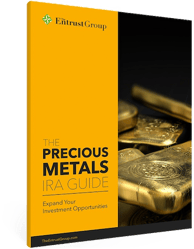

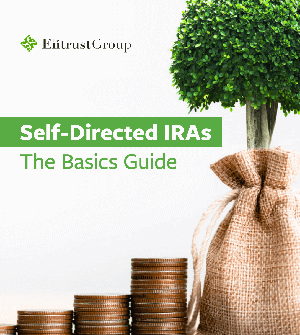







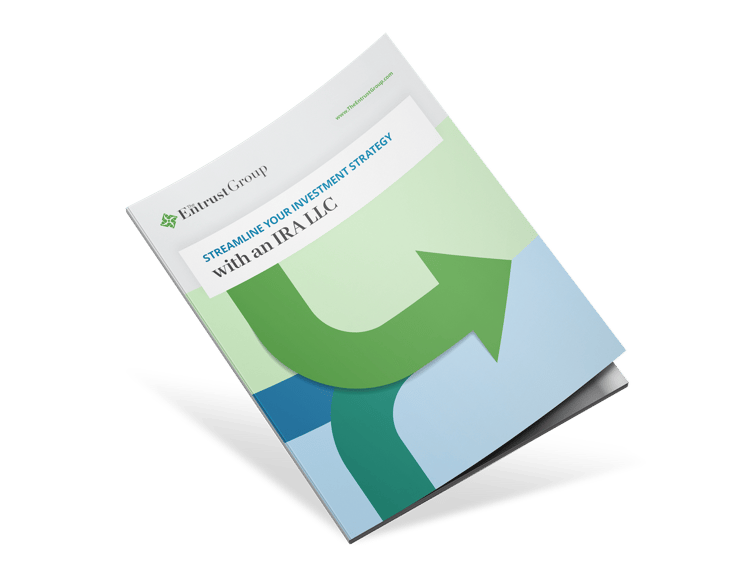

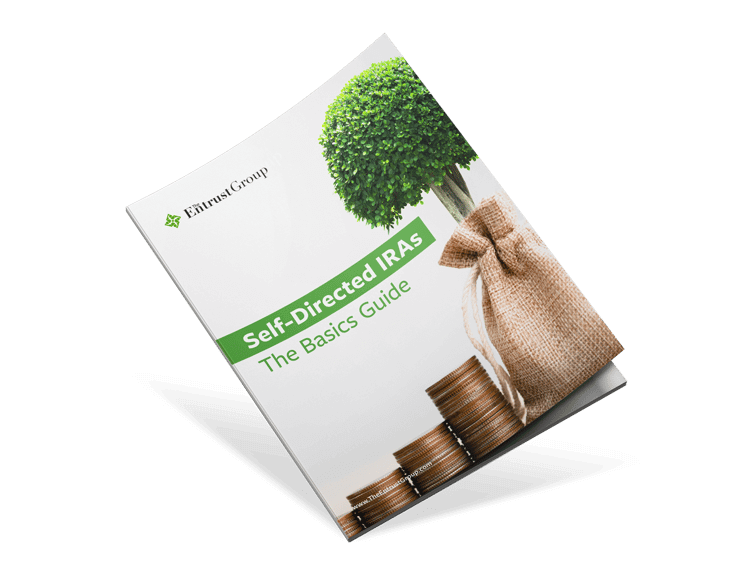





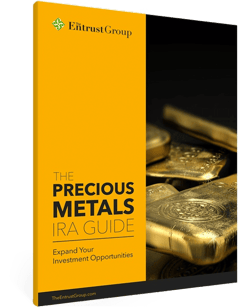

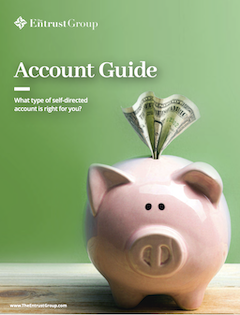
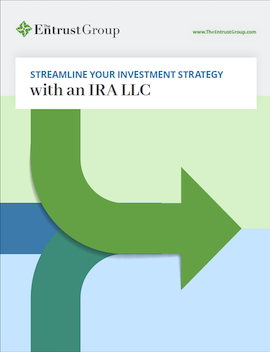

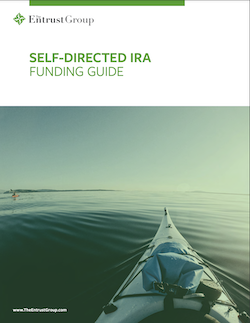

1 Comment